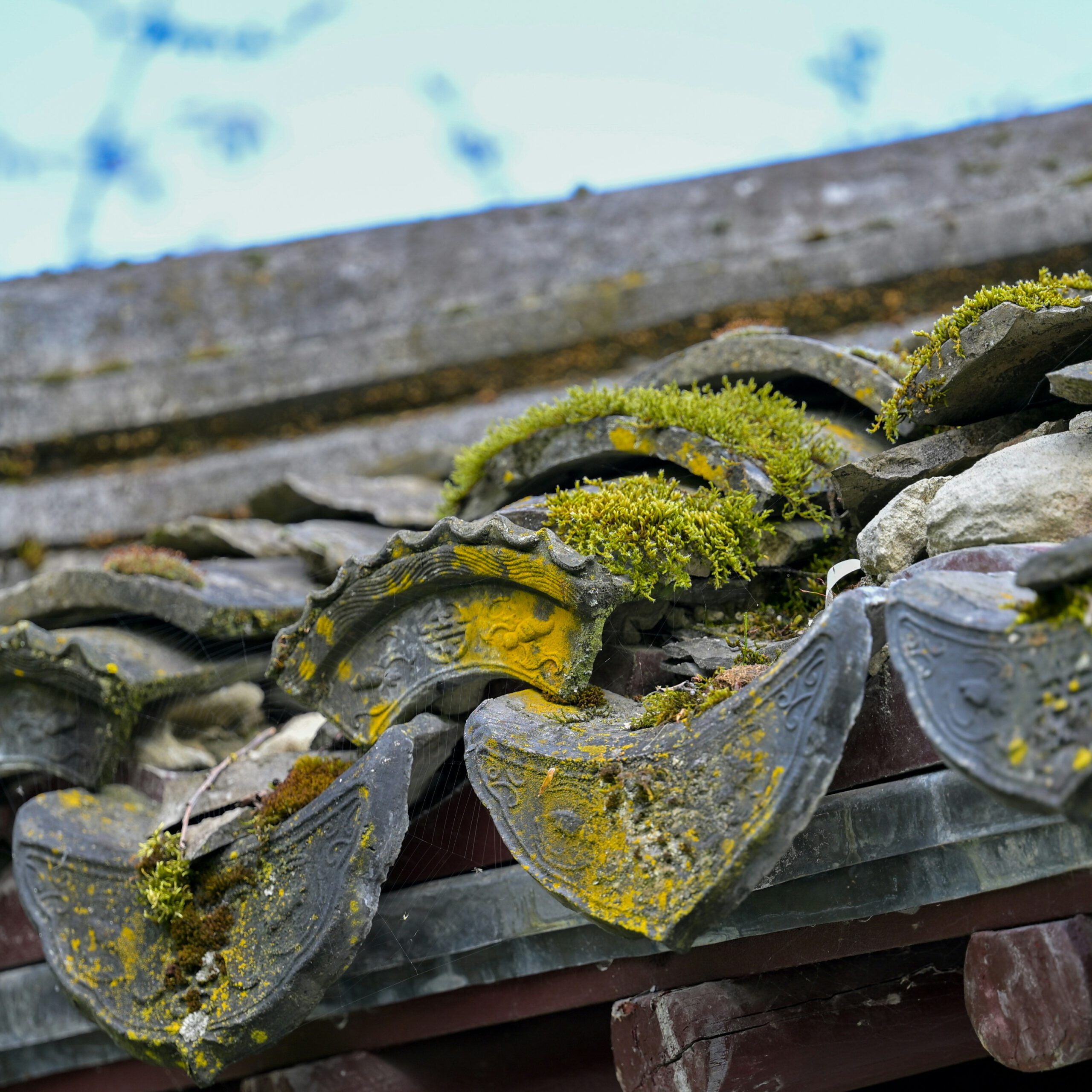How to Protect Your Home from Water Damage: A Complete Guide
Introduction: The Day I Woke Up to a Flooded Basement
I’ll never forget the morning I walked down to my basement and found two inches of water covering the floor. It had rained all night, and a clogged gutter had poured water right against the foundation. My old sump pump failed, and just like that, I had water-soaked boxes, ruined flooring, and a hefty repair bill. That experience taught me firsthand how crucial it is to take water damage prevention seriously.
In this guide, I’ll walk you through the key areas in your home that are vulnerable to water damage and give you practical tips—based on both personal experience and solid research on how to protect your space.
Why Water Damage Matters
Water damage isn’t just about puddles and leaks. Left unchecked, it can lead to mold, weakened structures, ruined belongings, and thousands of dollars in repairs. Worse, many homeowners’ insurance policies don’t fully cover preventable water issues.
Let’s break down the most common sources of water trouble and how to safeguard each part of your home.
1. Gutters and Downspouts: Your First Line of Defense
I learned the hard way that clogged gutters can divert rainwater straight to your foundation. Cleaning them regularly (at least twice a year) can prevent water from pooling where it shouldn’t.
Real Example
After that flooded basement incident, I installed gutter guards and extended the downspouts to drain several feet away from the house. The next big rainstorm? Dry basement. Small investment, big payoff.
Action Step:
- Clean gutters in spring and fall
- Install gutter guards to keep leaves out
- Check that downspouts extend at least 3–6 feet from the foundation
2. Roof Maintenance: Don’t Ignore Small Leaks
Your roof takes a beating every year sun, rain, snow, wind. Even small cracks or missing shingles can allow water to seep in.
Real Example
A friend of mine ignored a minor ceiling stain in his attic. By the time he investigated, mold had spread behind the walls, leading to a $4,000 remediation job.
Action Step:
- Inspect your roof yearly (or after major storms)
- Replace damaged or missing shingles
- Check flashing around chimneys and vents
- Seal any visible cracks
3. Basement and Foundation: Keep Water Out
Basements are naturally prone to moisture, especially if your yard slopes toward the house.
My Experience
After my own basement flooding, I added landscaping around the foundation to slope water away. I also resealed cracks in the concrete walls and invested in a battery-powered backup sump pump because you never know when the power might go out during a storm.
Action Step:
- Ensure yard slopes away from foundation
- Seal any visible cracks in basement walls or floor
- Install (or test) a reliable sump pump with battery backup
- Consider applying waterproofing sealant on interior walls
4. Appliances and Plumbing: Prevent Interior Leaks
Washing machines, dishwashers, water heaters, and old pipes can all spring leaks sometimes slowly over months before you notice.
Real Example
My neighbor once left for a weekend trip and returned to find her upstairs bathroom pipe had burst, flooding two floors below. She now uses smart water leak detectors that send alerts to her phone.
Action Step:
- Regularly inspect hoses on appliances
- Replace old or brittle supply lines
- Install leak detectors near key water sources
- Know where your main water shut-off valve is located
5. Windows and Doors: Seal It Up
Rain can sneak in through poorly sealed windows and doors, especially during storms with heavy wind.
My Tip
I noticed drafty windows last winter and decided to reseal them in the spring not just for energy efficiency but also to prevent water intrusion. A little caulking goes a long way!
Action Step:
- Inspect caulking and weatherstripping annually
- Replace or repair damaged seals
- Check for soft or rotting wood around frames
6. Yard and Landscaping: Control Outdoor Water Flow
Sometimes the problem starts outside. Poor drainage or overwatering near the house can contribute to water pooling against the foundation.
Real Example
I once planted a garden bed too close to the house, and constant watering led to damp patches inside the basement. I learned to set up proper drainage and redirect sprinklers away from the house.
Action Step:
- Use gravel or mulch around foundation instead of heavy soil
- Install French drains or swales if yard drainage is poor
- Direct sprinklers away from the house
Step-by-Step: How to Plan Your Water Damage Protection Strategy
- Assess your home’s risk areas (roof, basement, plumbing, yard)
- Prioritize fixes (start with the most vulnerable spots)
- Schedule regular maintenance (seasonal checklists help)
- Invest in smart upgrades (like leak detectors or sump pump backups)
- Keep emergency tools handy (wet vac, fans, towels, sealant)
Stay One Step Ahead
Protecting your home from water damage isn’t just a one-time project it’s an ongoing effort. From my personal experience, the cost and stress of ignoring small maintenance tasks far outweigh the time and money it takes to prevent problems early.
By staying proactive, you’ll not only safeguard your home’s structure and value but also avoid the heartache of seeing your space and your belongings damaged by something that could have been prevented.
Ready for more tips? Stay tuned to the blog for practical home improvement guides, DIY projects, and seasonal maintenance checklists!




